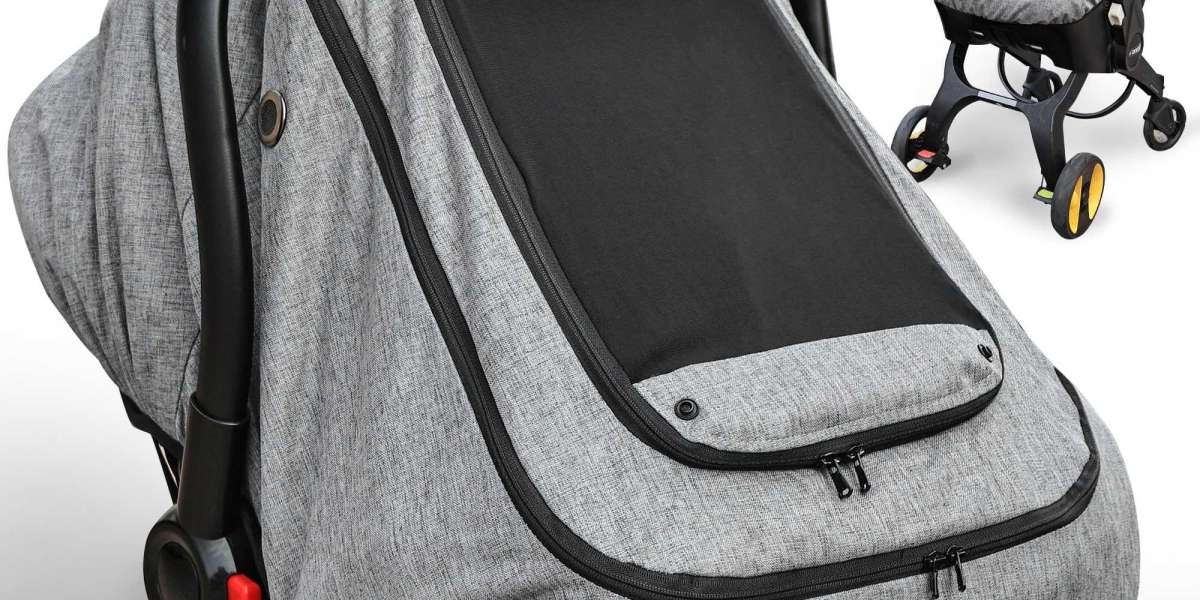Medical CNC (Computer Numerical Control) machining plays a crucial role in modern orthopedic implant manufacturing. The demand for precision, biocompatibility, and durability in implants necessitates advanced machining technologies that can deliver high-quality components with tight tolerances. CNC machining has become the gold standard for producing orthopedic implants due to its ability to produce complex geometries with repeatable accuracy.
The use of Medical CNC in orthopedic implant production ensures that medical professionals receive implants that meet stringent regulatory and quality standards. CNC machines operate with minimal human intervention, reducing errors and ensuring consistency across batches. This level of precision is critical for implants such as knee replacements, hip joints, and spinal components, which require perfect fitting and structural integrity to support patient mobility and health.
The Role of Medical CNC in Achieving High Precision
One of the key advantages of Medical CNC machining in orthopedic implant production is its ability to achieve exceptional precision. CNC machines use advanced computer programming and automated controls to execute intricate cutting, milling, and drilling operations with micro-level accuracy. This precision is essential for ensuring that implants fit seamlessly within the human body, minimizing the risk of discomfort or complications post-surgery.
Moreover, Medical CNC machines are capable of working with various materials, including titanium, stainless steel, and high-performance polymers. These materials require precise machining to achieve the correct shape and surface finish necessary for biocompatibility and mechanical performance. By leveraging advanced CNC technologies, manufacturers can ensure that each implant meets the exact specifications required for optimal function and patient safety.
Advanced CNC Techniques Used in Orthopedic Implant Production
Medical CNC machining employs several advanced techniques to enhance the accuracy and efficiency of orthopedic implant manufacturing. One such technique is multi-axis machining, which allows for complex geometries to be created in a single setup. This reduces production time and minimizes errors that may arise from repositioning the workpiece.
Another critical technique is micro-milling, which enables the machining of extremely fine details with tolerances within microns. This level of precision is particularly important for orthopedic implants that require intricate features, such as porous structures for bone integration. Additionally, CNC machines incorporate laser scanning and automated quality control systems to ensure every component meets stringent industry standards before reaching the medical field.
Quality Assurance and Regulatory Compliance in Medical CNC
Ensuring the quality and regulatory compliance of orthopedic implants is a fundamental aspect of Medical CNC machining. Given that these implants are inserted into the human body, they must adhere to strict guidelines set by regulatory bodies such as the FDA and ISO. CNC machining plays a vital role in meeting these requirements by producing implants with unparalleled accuracy and consistency.
Furthermore, Medical CNC machines are equipped with in-line inspection systems that continuously monitor dimensions, surface finishes, and tolerances. Automated quality control mechanisms help in detecting defects early in the production process, reducing waste and ensuring that only flawless implants reach patients. The integration of real-time data analysis and feedback loops further enhances manufacturing efficiency while maintaining the highest levels of quality assurance.
The Future of Medical CNC in Orthopedic Implant Development
As technology continues to evolve, the future of Medical CNC machining in orthopedic implant development looks promising. Innovations such as AI-driven machining, additive manufacturing integration, and real-time process optimization are poised to revolutionize the industry. These advancements will further improve precision, reduce production costs, and enable the development of patient-specific implants tailored to individual anatomical needs.
Moreover, the combination of CNC machining with 3D printing is opening new possibilities for hybrid manufacturing techniques. This approach allows for greater design flexibility and the creation of implants with complex internal structures that enhance bone integration and long-term stability. With continuous advancements in Medical CNC technology, orthopedic implants will continue to improve, providing better outcomes for patients worldwide.







